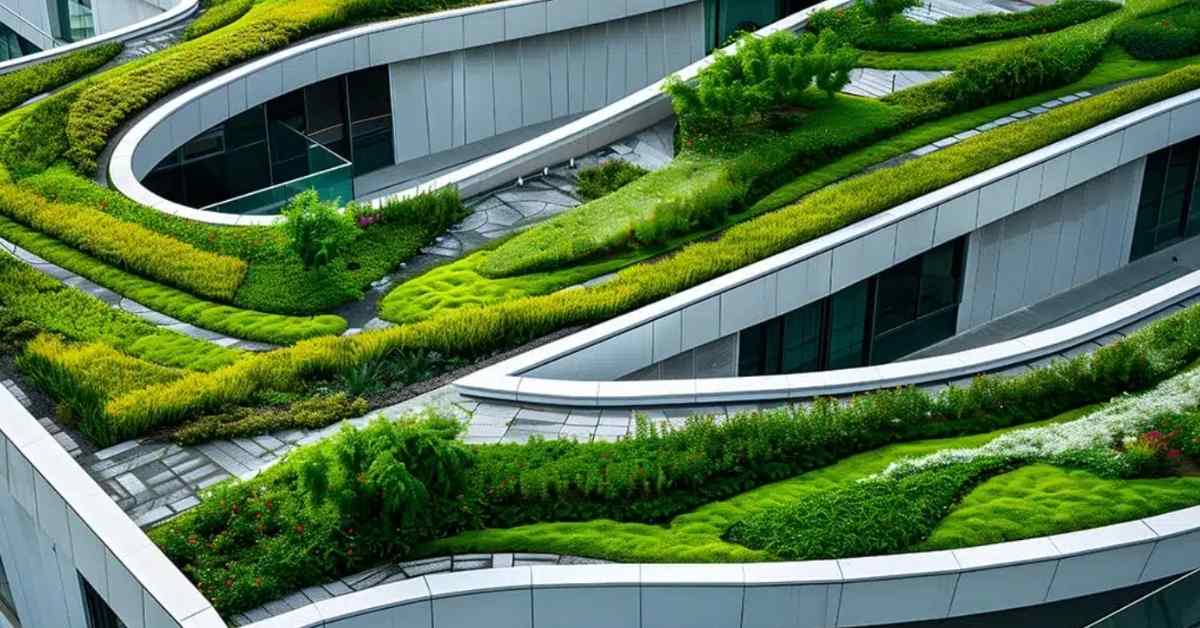Airplane travel has a PR problem. Recent headlines of Boeing malfunctions, lost luggage nightmares, and overbooked flights are enough to make anyone rethink how often they travel by plane.
All of those headaches — coupled with the massive carbon costs of air travel — are driving up interest in sustainable travel by train, metro, and bus.
But in a modern era where people have to play the role of their own travel agent, traveling by train is not always the most intuitive or accessible option.
Fortunately, Chronotrains — an interactive map — is emerging as an alternative to resources like Google Maps, which may not always have the most reliable or up-to-date information on train services.
“This map shows you how far you can travel in less than eight hours by train in any city in Europe,” Sam Bentley said in a recent TikTok video. “All you need to do is hover your mouse over a city, and it will show you how far you can get in eight hours.”
Bentley also indicated how easy it was to adjust travel times on the website to see how far you can get to and from selected locations in two, four, or six hours.
“Paris is a strong one,” Bentley said. “Because of the Eurostar you can get all the way up to Edinburgh, and even down to Barcelona.”
From his home train station Birmingham, England, Bentley said that he could get to most places in the United Kingdom with ease — but he was also excited to see how quickly he could travel to Frankfurt, Germany.
“So if you wanted to travel a bit more eco-friendly around Europe, instead of flying, check Chronotrains out,” Bentley encouraged.
Curiosity surrounding eco-friendly travel has never been higher.

Inspired by environmental impact concerns raised by Greta Thunberg and David Attenborough, travel editor Helen Coffey took a flight-free pledge several years ago, and she’s never looked back.
“Every trip I’ve taken since swapping planes for trains, ships, buses, bikes and legs has been gilded with a giddy sense of adventure, bringing with it a real connection to place as I’ve passed through landscapes, not over them,” Coffey wrote.
“Going flight-free has introduced me to the appreciation that comes with arriving into a destination, buoyed up by a childlike sense of wonder, after a proper journey by land and sea.”
Coffey is not alone. According to a Sustainable Hospitality Alliance survey — where participants ranked travel factors by importance — interest in sustainability is at an all-time high amongst Gen Z and Millennial travelers.
Of those surveyed, price and location were leading factors, but sustainability certification (12%), resource management (11%), and sustainable resources (11%) still ranked above guest services (9%) and loyalty programs (5%).
Fortunately, resources like Chronotrains can make it easier for travelers to prioritize sustainable travel as they plan summer vacations, work trips, and whatever else lies ahead.
“I may have started traveling flight-free for the climate but I’ll keep traveling flight-free for the sheer joy of it,” Coffey wrote.
Header image courtesy of Vincent Guth / Unsplash



